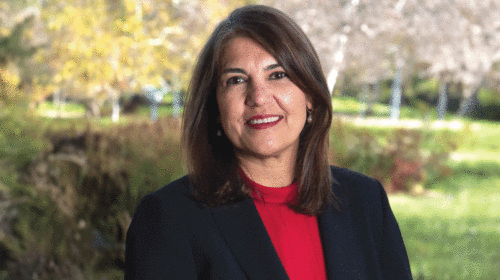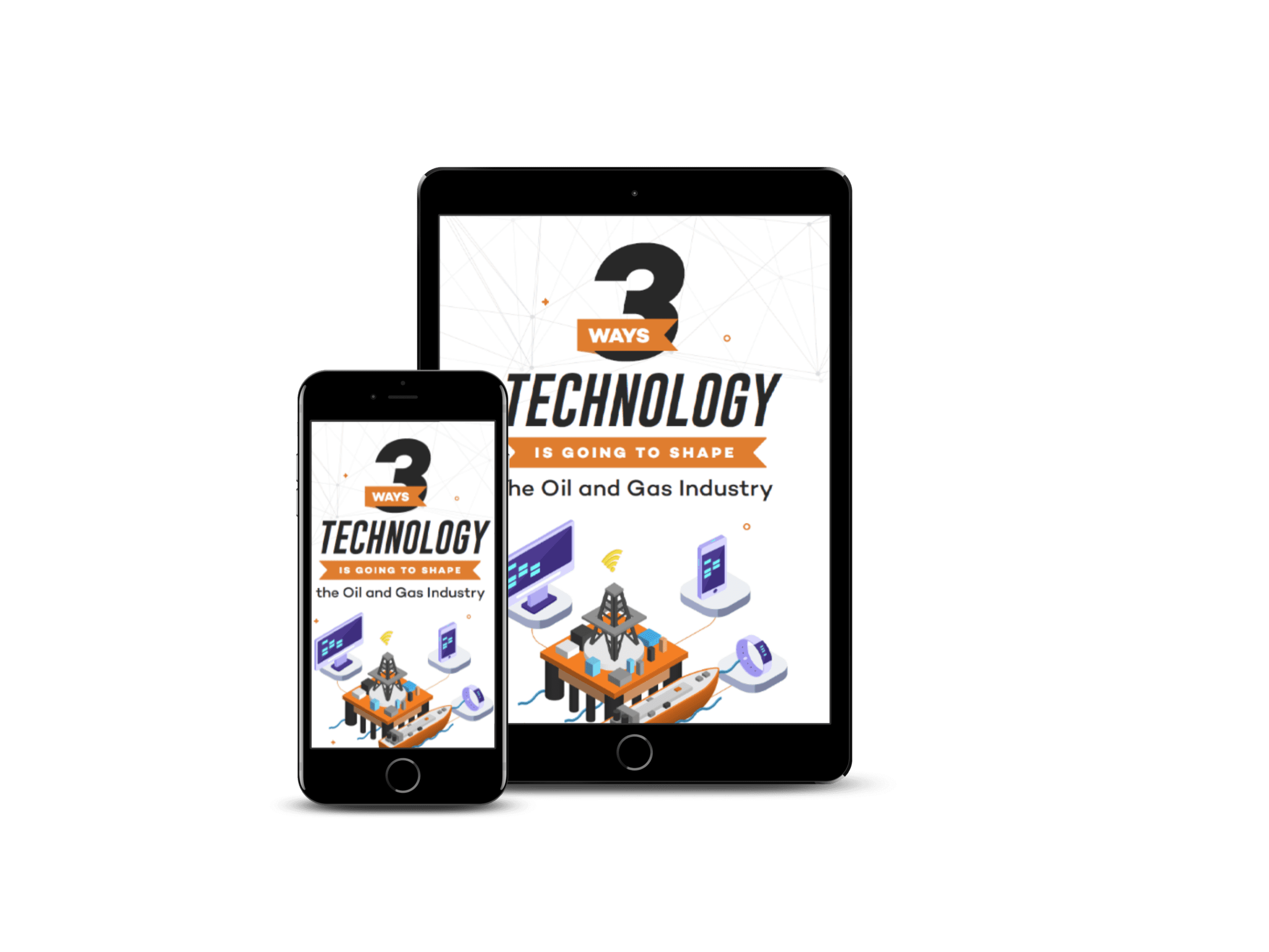This is what I’m told diversity, equity and inclusion (DEI) look like to many straight, White men. And this is why DEI has so much trouble gaining traction in many organizations. When we say “DEI,” many hear “diversity.” When we say “diversity,” they hear Black and Brown people and women getting jobs and promotions. There is nothing in it for them. It’s a zero-sum game. To get traction in your organization, DEI – like any culture change – must be framed by, “What’s in it for me?” (WIFM). It’s not selfish; it’s human. Ignoring this fact ensures failure. Even empaths and givers get something for their actions: The satisfaction of improving the lives of others.
Purpose is Key
Advancing a more diverse, equitable and inclusive culture is good for your organization and everyone in it – including straight, White men. Is that clear in your organization? If not, that is Job 1! Including straight, White men is important for several reasons, not the least of which is because straight, White men hold most of the positions of power and, without them, there is no change. But the main reason is so that they are included; inclusion is about everyone.
There are two leading reasons why everyone needs to embrace this culture change. The first is that inclusive leader skills are an essential tool in any great leader’s toolkit. Even on a team where everyone looks the same, there is diversity. Among the teammates, you could have introverts, as well as extroverts, and others could fall somewhere in the middle. If they all don’t feel included, you aren’t maximizing the potential of your team. Second, inclusive leader skills should be recognized as a behavior that is in demand. Inclusive leadership behavior should be a selection criterion for promotions and leadership positions. Make that known in your organization and people will scramble for ways to demonstrate that skill.
Organizational purpose can be harder for some to grasp. “Why” is the essential question in this discussion. Understanding our “why,” our purpose, is essential to maximizing effort for any action. If we know why we are doing something, and know it adds value, we are more likely to do it well.
There are three reasons why organizations seek to develop a more diverse and inclusive culture: altruism, the business case and compliance.
Altruism
Altruism is the act of doing the right thing because it’s the right thing to do. Organizations that have been advancing diverse cultures, prior to recent social tragedies, were doing so because they wanted a culture where everyone had an opportunity to be successful. It was simply part of the company’s DNA.
Business Case
There are numerous studies that describe the business case by correlating diversity to financial performance. For example, according to BCG, companies with more diverse leadership teams report 45 percent of total revenue being generated from innovation versus only 26 percent of total revenue from teams with below average diversity scores. And, according to McKinsey, companies with the most ethnically/culturally diverse boards worldwide are 43 percent more likely to experience higher profits. However, these examples are not definitive because although they are correlated, they do not prove causality. Did financial performance improve because they were more diverse, or are they more diverse because they are more collaborative and innovative?
A more conclusive business case stems from the war on talent. Potential employees have become experts at diving into the diversity subsections of annual reports. They are looking for metrics that demonstrate the diversity of your organization. It’s a signal that they will be welcome – or not. Not just being tolerated but valued. A diverse organizational mindset means that you can have access to all employment pools, regardless of their ethnicity, gender, religion, sexual orientation, age, or anything that makes us diverse. So, unless you believe that there is one superior identity, you want access to everyone.
Potential employees are not the only stakeholders who expect a more diverse and inclusive culture. According to a study by FTI Consulting, employee diversity, equity and inclusion (DEI) are the second most important priority for investors and employees behind financial performance.
Compliance
Compliance is a necessary evil. Stakeholders, which include investors, customers, employees, and listing agencies, are demanding action. Organizations that were not moved by altruism, or the business case, are now compelled to at least appear as though they are becoming more visibly diverse. In a study by Seramount, 33 percent of CEOs surveyed said they “feel forced to support my company in its efforts to fight racism and injustice.” Yes, one third of CEOs said they are advancing a more diverse, equitable, and inclusive workforce because they are being forced to! If altruism and the business case have failed to move the needle in your organizations, then compliance becomes the driver of last resort. It can show up in the form of incentives, requirements, staffing minimums and even quotas.
Compliance causes action, but usually for the wrong reasons and can drive the wrong behavior. It also compels us to meet minimum thresholds. Box checking. It is not sustainable and does not bring out the best in us. If a CEO is implementing efforts to create a more inclusive workforce due to compliance, the workforce can sense it and the results are subpar.
Inclusion Means Everyone
Much of the value to an organization is in the application of inclusion. Inclusion doesn’t happen by itself; we need to be active stewards of inclusion. Think of inclusion like a guitar with new strings. The gauge, or thickness, of each string allows that string to produce a different note. They are diverse. But you don’t just attach strings and start playing. To make them work in harmony, each string must be tuned. Just as every person on a team must be included to find the team’s harmony to maximize its potential. That’s inclusion.
Advancing a more diverse, equitable and inclusive organization makes everyone better and makes the organization stronger. It is a competitive advantage in terms of human capital management and innovation – even for straight, White men.
Lee Jourdan is Chevron’s former global chief diversity and inclusion officer and former vice president commercial and business development for Chevron’s IndoAsia and Asia South business units. He has been published by The Harvard Business Review, Washington Post, and interviewed by SHRM and Pulitzer Prize winner Daniel Yergin on DEI. Jourdan is co-author of From Shoeshine to Star Wars and was recognized by Business Insider in 2020 as one of 100 people transforming business in North America. Today, he is a director on the boards of PROS Holdings (NYSE: PRO) and the nonprofit SEARCHHomeless Services, an advisory board member at Pulsely Inc., and Ally Energy, and a special advisor to FTI Consulting, author and keynote speaker.
Oil and gas operations are commonly found in remote locations far from company headquarters. Now, it's possible to monitor pump operations, collate and analyze seismic data, and track employees around the world from almost anywhere. Whether employees are in the office or in the field, the internet and related applications enable a greater multidirectional flow of information – and control – than ever before.








